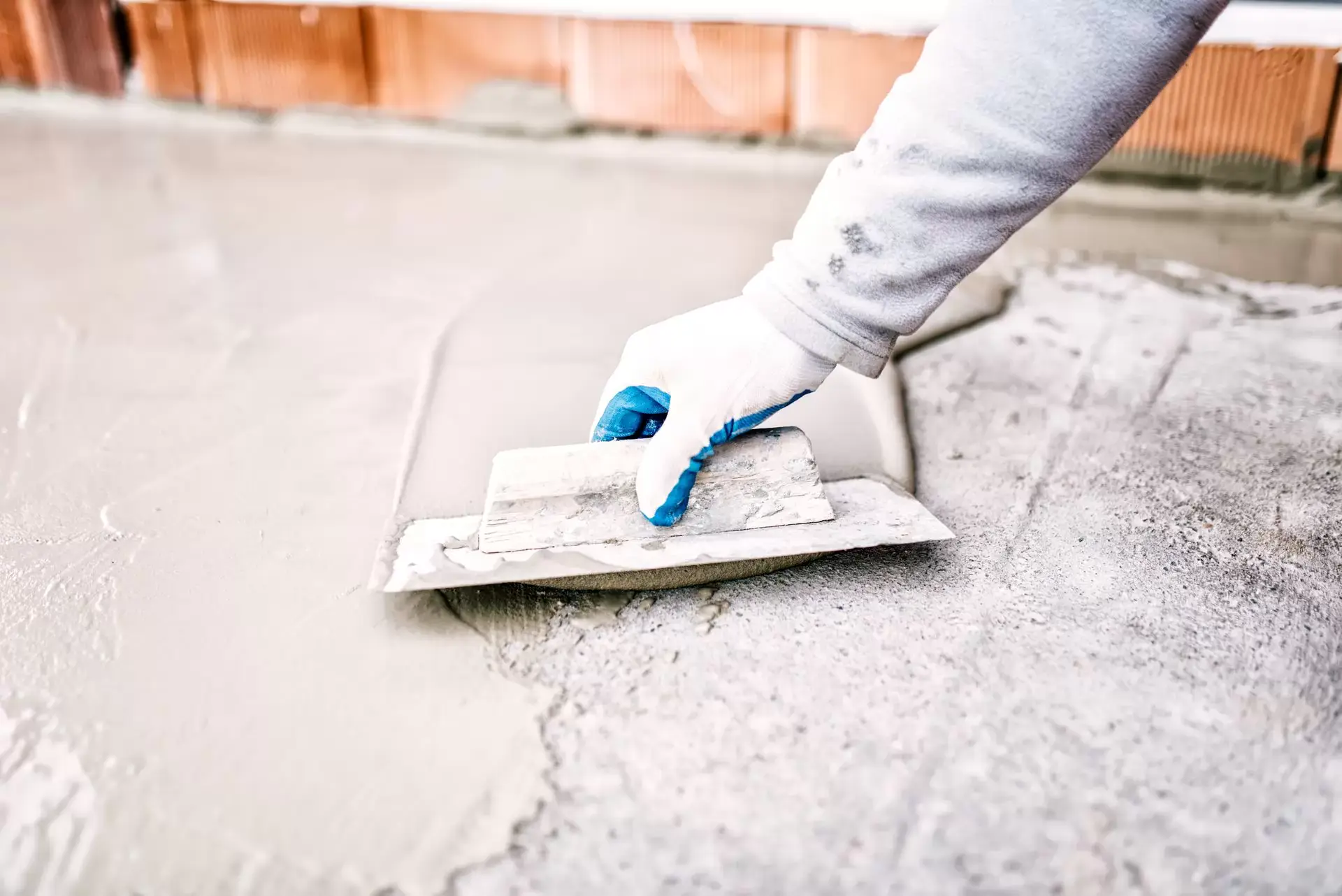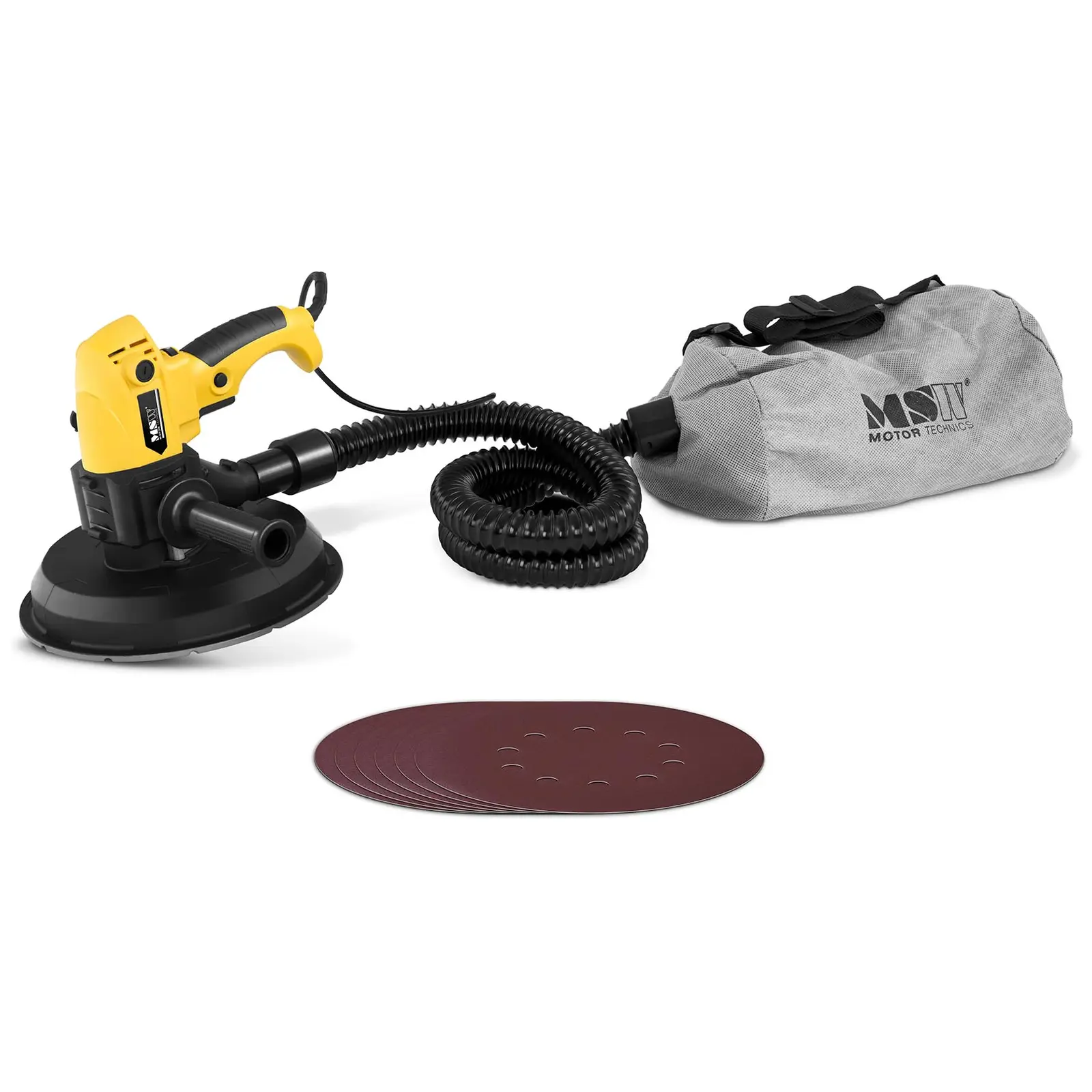Every house or flat needs to be protected against the harmful effects of water and moisture. Read on to find out what waterproofing is, when it should be used, and what are the different types.

Every house or flat needs to be protected against the harmful effects of water and moisture. Read on to find out what waterproofing is, when it should be used, and what are the different types.
What is waterproofing?
Waterproofing is applying a special coating that protects a given surface from moisture. The different types of waterproofing are divided according to their properties. Depending on your needs, you can use many types of material for protection: e.g. foil, tar paper or sheet metal appropriately protected against corrosion (e.g. made of stainless steel or galvanised sheets).
Waterproofing – what properties does it have?
The choice of waterproofing depends on your needs. To start off with you should consider:
- the degree of water/moisture exposure in a specific place,
- how the building in question is used and the resulting loads,
- the type of building requiring protection and its shape,
- the condition of the protected surface and any other factors that may affect the insulation.
Different materials used for waterproofing will have different physical properties. Some may be less effective at higher temperatures while others at lower temperatures, e.g. they will be more brittle. This applies especially to older types of insulation, so-called asphalt binders. Their level of protection against water will also be different, so you should always carefully check the parameters of a given type of insulation before buying it.
Types of waterproofing
Waterproofing can be divided into two main types. The first type, actually called damp proofing, is used to protect the underground elements of a building against water that does not exert pressure. In turn, waterproofing is used to protect against groundwater or rainwater, which in the event of drainage problems may seep through the foundations.
In general, the second type is more universal. It is also used to protect the parts of a building that are above ground – roofs and floors, or walls in closed rooms, e.g. bathrooms.
Damp proofing
Damp proofing is only used to protect underground parts of buildings located on permeable soils, so mainly sand and gravel. They should not be exposed to groundwater.
Therefore, before applying this type of waterproofing, check whether the groundwater level in the place in question does not fluctuate. The materials used are, for example, asphalt emulsions, bentonite and various plastics.
Basic waterproofing
Basic waterproofing is used for surfaces exposed to rainwater. It allows the water to drain off and prevents seepage through the roof surface. Bitumen insulation and various types of roofing felt will be suitable. A specific type of basic waterproofing is a liquid film used in bathrooms or on balconies.
Heavy waterproofing
Heavy waterproofing is used to protect all types of surfaces exposed to water under high pressure. Foundation insulation in poorly permeable soils should be of this type.
It should be made of an extremely durable material, ideally such as laminates, bitumen insulation or sheet metal. Two-component insulation, e.g. polymer modified asphalt, should also be suitable.
In which rooms should waterproofing be applied?
Protecting the surface against the penetration of water and moisture is important especially in the case of rooms located at or below ground level. This applies to cellars and basement flats. It protects the foundations, the floor (horizontal waterproofing) and walls (vertical waterproofing). Other types of premises where it is necessary to provide additional protection are bathrooms, toilets, kitchens or production/service facilities where water is often used in large quantities for cleaning the floor (butcher’s shops, beauty salons, etc.).
It is worth noting that the surface on which waterproofing is applied should be properly dry and seasoned. Otherwise, condensation could appear inside the walls, leading to permanent moisture.
Waterproofing in bathrooms
Bathrooms are places that are particularly exposed to water This is especially the case with tiled floors, as the grout does not protect against moisture penetration. If unprotected against permanent exposure to water or moisture, after some time it will begin to penetrate inside the walls or floor.
If an odour or nasty coating appears on the surface, then you are probably dealing with mould. Unfortunately, this can be quite an issue to get rid of later on, so bear this in mind when designing a small bathroom. The area under the shower or near the bathtub should always be properly insulated.
The floor should also always be protected, because in the event of a washing machine failure or other unexpected circumstances, you will avoid flooding the rooms below. This is especially important if you live in a block of flats.
Waterproofing should be applied before the bathroom is finished. All kinds of liquid insulation and membranes will be perfect in this case.
-
Wet tile saw – 800 W
-
Concrete Saw Blade – 500 mm
149.00 €139.00 € -
Concrete Saw Blade – 350 mm
-
Diamond Cutting Blade – 350 49.99 €
Basement waterproofing
Waterproofing in the basement should be taken very seriously by anyone building a house. It should also be used in the case of waterproof concrete foundations.
This is especially important for insulating element connections, pipe holes, and any other type of cracks or joints. These places should be sealed with a bituminous mass with a mesh insert of approx. Bear in mind that buildings are subject to different types of pressure, and small cracks or fissures may appear on the surfaces after some time. If the walls are not properly protected, problems with moisture could arise.
Insulating the basement from the inside should be done after the walls have been dried from technological moisture (to avoid water getting entrapped in the wall). You should also remember not to only protect the outer layer of the floor against moisture. If you lay polystyrene insulation on an unprotected surface, problems with moisture penetration higher up may appear. The boards will also lose their properties over time.
However, not only plastered walls should be insulated. If the surface is even, you can lay the protection without finishing it. Proper adhesion and protection of the waterproofing against mechanical damage is also important. For waterproofing untreated walls, use cement-based sealing mortars and polymer-bituminous masses.
Waterproofing balconies and patios
Architectural elements that stand out from the building are usually more exposed to the harmful effects of moisture. Various materials can be used in this case to protect balconies and patios. The choice depends on whether the element in mention has contact with the ground, any additional protective factors (roofing) and the size of the area – the larger the surface, the more flexible the material should be.
For small balconies with roofing, liquid film or waterproof mortar will usually be sufficient. Mineral sealants or sealing mats can also be used to waterproof a balcony.
If, on the other hand, you have a large, exposed patio, you can use flexible coatings based on polyurethane resins. They are visually aesthetic, durable and resistant to external factors, and in addition they are relatively easy to apply, and fairly cheap to buy. They are applied by pouring them directly onto the concrete.
A special insulation is used for terrace boards (wooden or composite), which can also be used for such items as small garden bridges or decks. It is very conveniently applied using a brush.
Waterproofing of outdoor stairs
Outdoor stairs also require waterproofing. Remember that the surface on which the concrete is to be poured should also be waterproofed from below. Materials used for foundations and basements work best in this case, and this will prevent against moisture from underneath.
This is particularly important in freezing temperatures, as you will avoid damage from ice microcrystals, so the construction will be more durable. Waterproofing used for stair tiles can be the same as that used for balcony or patio tiles.
Waterproofing offered by construction companies
Offering waterproofing services can be a good idea if you are thinking about setting up a construction company. With the current situation on the market, you should not complain about a lack of customers. Additionally, certain jobs, such as spray insulation, require special qualifications by law.
If you are at the stage of designing your own home, it is worth considering using the services of specialised contractors for damp proofing and waterproofing the vital elements of your home as mentioned above. This will help you avoid issues after the house has been built, which could prove very difficult – if at all possible – to solve later on. Therefore, savings in this aspect may not be a good idea in the long run.
In addition to their knowledge regarding the best materials and the optimum technology, such companies usually have the right equipment to do the job properly. In any case, it is worth checking the contractor’s reviews in advance, and ideally choosing one based on recommendations.
Waterproofing – summary
Proper insulation of concrete floors in the basement, the foundations and any walls below the ground will not only let you avoid problems with water leakage or unpleasant smells, but also much more serious and dangerous issues. Damp walls will lose their properties over time and become weaker. In extreme cases, this could lead to serious damage, and even the building collapsing. Therefore, waterproofing any walls underground from the outside is as important as waterproofing them from the inside.
Protecting the bathroom and balcony, in turn, will prevent moisture from getting to the floors below, letting you avoid unpleasant situations if you live in a block of flats. In addition, you will also avoid mould or other unwanted reactions. It is important to remember that mould has a very harmful effect on our health.














Share